Varicose veins are a rather dangerous disease that scares many girls. In this disease, the veins on the legs often enlarge, becoming visible from the outside, which greatly impairs the aesthetic appearance. At the same time, the danger is not limited to appearance, because the disease can cause serious consequences, so you should consult a doctor immediately after the first signs of varicose veins on the legs of women. When treated in the early stages, the disease can be removed without the use of surgery; as the severity worsens, so does the likelihood of treatment with conservative therapy.
Reasons for the development of varicose veins
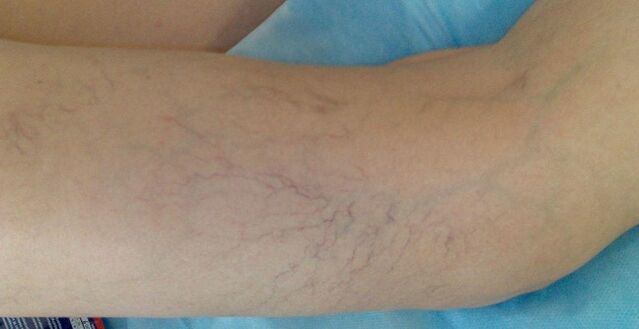
Varicose veins are considered a disease that occurs when there is a genetic predisposition for it, as well as external stimulation due to improper lifestyle or severe stress.The factors that influence the appearance of the disease are ambiguous, so there are 3 types of probable causes. The first, the most common, is a genetic change that is localized in the vessels, probable causes: thin walls, insufficient valves or are weak. Another, hereditary factor, in people whose parents suffered from a similar disease, the risk of occurrence is many times higher. The third reason is quite extensive - the negative impact from the outside, but often accompanies the other factors listed.
The following external causes may cause the first signs of varicose veins in the legs in women:
- Longer stay in a standing or sitting position;
- The patient leads a measured life without physical exertion;
- Bad habits, the most dangerous are smoking and drugs, but alcohol is not inferior in negative influence;
- Pathology in valve function;
- Various diseases of the cardiovascular system;
- Wrong diet;
- Negative environmental impact;
- Obesity, overweight is one of the most dangerous factors for the development of varicose veins;
- Mechanical leg injuries;
- Using uncomfortable clothing that squeezes blood vessels, such as high heels;
- Chronic constipation.
The primary signs of varicose veins on the legs can be noticed in people of different ages, but most often it is women older than 40 years. Every year, new average statistical minima are established for the occurrence of varicose veins in young people. Symptoms can appear even under the age of 20. At the same time, 70% of cases of varicose veins are recorded in women. To prevent side effects, you should consult a phlebologist who will diagnose and prescribe treatment.
Preparations for external use
Varicose vein creams and ointments come in many different forms, depending on the brand.They act on the veins in the legs and relieve swelling, relieve pain, relieve heavy leg syndrome, tone the walls of blood vessels and somewhat dilute the blood.Despite the many positive points, it is worth noting that it is difficult to achieve complete recovery with the help of medication, because the expansion of the walls is irreversible.
Most often, the treatment of varicose veins in the legs in women begins or is supplemented with creams:
- Phlebotonics - their main effect is to improve the tone of the membranes, which helps prevent further varicose veins. At the same time, it is possible to eliminate edema, burning sensation, convulsions, especially at night;
- Anticoagulants (medicines to thin the blood) - the purpose of the medicine is to increase the current parameters of the blood, which prevents the formation of blood clots in the varicose vein and improves blood flow upwards. Mandatory prescribed for thrombophlebitis. In addition, they reduce the severity of edema in the legs and stimulate blood circulation;
- Anti-inflammatory. This includes nonsteroidal drugs that can help reduce the inflammatory response.
Fat treatment as the main therapy is prescribed in the early stages of the disease, and the main task is to prevent further development. In the later stages, it acts as an integral part of complex therapy or accelerates rehabilitation.
Drug therapy
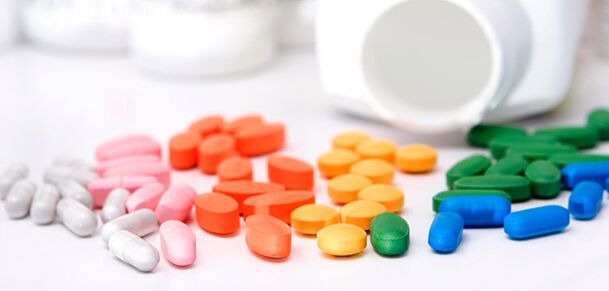
Drugs are used more often than other methods, because they act in a complex way and follow almost all stages of treatment of the disease.If signs of varicose veins are found on the legs, in most cases various medical methods are prescribed, only rare exceptions can lead to surgery.
Most drugs have their own characteristics of use, dosage and side effects, so self-medication is not recommended, you should consult a specialist.
Before treating varicose veins in the legs in women, it is necessary to undergo examinations to determine which treatment methods will be most acceptable and to determine the cause of the disease.Medications are conventionally divided into 3 categories: they normalize blood flow, prevent the risk of complications, and eliminate symptoms.In order to qualitatively eliminate the symptoms of varicose veins in women and achieve regression of the disease, drugs should be used in a complex way. There are such groups of drugs:
- Anticoagulants help to thin the blood;
- Phlebotonics improves the quality of vessel walls;
- Angioprotectors prevent adverse effects and reduce vascular permeability;
- Antioxidants help eliminate oxidation reactions;
- Corticosteroids, antispasmodics, anti-inflammatory drugs help relieve pain, swelling and inflammation;
- Vitamins and minerals, immunomodulators contribute to the restoration of the body's properties to resist the development of pathology.
Dosage and choice of drug should be carried out by a physician. Often drugs are used a little from different groups to have a complex effect.
Anticoagulants are indicated for use only when there is a risk of blood clots, ie with increased blood density. Antioxidants are prescribed primarily at the risk of complications. Vitamin complexes are shown to everyone, but they should be selected individually based on diagnostic data.
Varicose veins are called female disease, but it is primarily associated with veins, so it is quite common in men. The drugs described can be used by a strong half of society.
Surgery
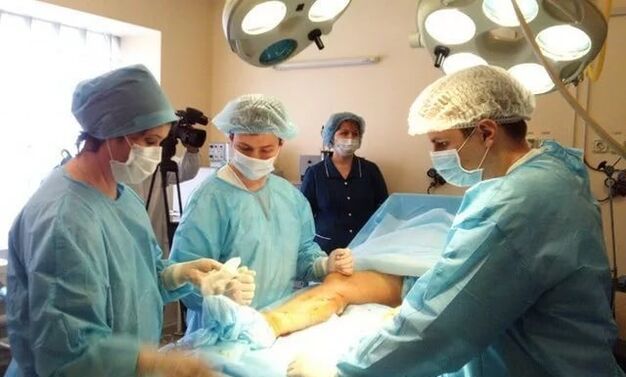
If varicose veins could not be cured in the early stages, then a more radical method - surgery - can replace conservative therapy. Today, minimally invasive methods are most common, when only a small puncture is needed through which drugs or devices are injected. The standard method of surgery is used only if there is an increased risk of thrombus rupture.
Operations are shown in the presence of such manifestations in girls:
- A complex form of the disease;
- Pathology in saphenous veins;
- Blood circulation is disturbed, the patient's life becomes difficult;
- Occurrence of complications in the form of thrombosis or trophic ulcers;
- Rapid progression of the disease, which poses a risk to the patient's health.
At the same time, a number of contraindications include:
- High blood pressure;
- Ischemia;
- Diseases of infectious etiology that cause high fever;
- Older age;
- Inflammation or eczema of erysipelas;
- II-III trimesters of pregnancy.
A standard operation is called a phlebectomy.When performed, the damaged vessel is completely eliminated, this applies to both large and small branches.In the process, several smaller incisions are made, which allows the use of only local anesthesia. Crosssectomy is performed in a similar way, when the vein is not removed, but only ligated.
More modern techniques - laser, sclero, ultrasound therapy. A small injection is made with an insulin syringe or a small incision. A special substance (sclerosant) or apparatus is injected into the vessel. As a result, the vein sticks and the blood circulation dries out in the vessel. Today, a new method of sclerotherapy has been developed that allows the use of a foam-type drug.
Leech treatment
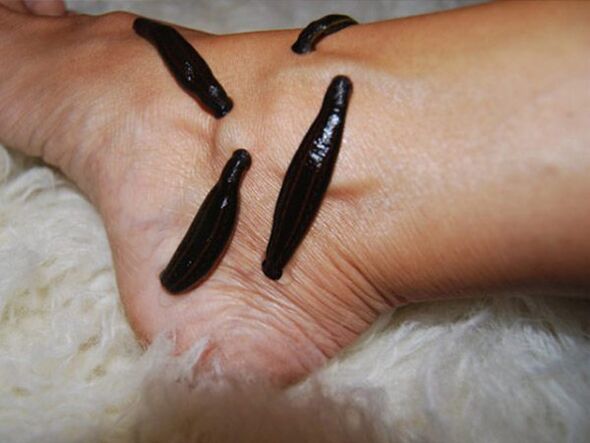
Leeches are a drug that has long been known to have a positive effect on the blood. Thanks to them, various diseases, especially cardiovascular diseases, were treated earlier. Despite the availability of many modern techniques, hirudotherapy is still popular.
Leech saliva contains a unique substance - hirudin, which prevents blood clotting, so it becomes more fluid. In this case, the drug helps dissolve blood clots. Thus the blood is not only diluted but also purified. Doctors notice that after undergoing treatment, edema is eliminated, feet and legs stop hurting, blood flow is normalized.
Hirudotherapy is prescribed in all stages of the disease. The standard course of treatment is 5-6 sessions. When you attend the course, you must take a break of 3-4 months. During the procedure, 1-2 leeches and 3 more leeches are placed on the most problematic areas along the entire affected vein.
Healing exercises
Exercise and warm-up should be done every morning. By performing a complex of simple exercises, it is possible to significantly improve the quality of human health:
- Take a supine position and raise your legs to a vertical position, you can throw them against the wall. Keep your feet in this position for 3 minutes. In this case, breathing should be slow, using the chest, not the abdomen;
- Recumbent exercise bike. It is necessary to report the movement of the legs, which resembles a bicycle, the duration of the exercise is 3-5 minutes;
- In a standing position, lift yourself on your toes, you do not need to stand up high, it is enough to move 1 cm away from the surface. The action is performed about 30 times;
- Standing should be inflated on the toe with one foot and then the other. The angle of the foot must not exceed 45 °. The duration of the procedure is 15 minutes, with time the load should increase.
Daily walks, at least half an hour, are recommended. Swimming is an effective remedy, you need to visit the pool once a week.
Other treatments
It is not necessary to focus only on the main component of treatment, because the effect of drugs can be significantly improved with the help of aids. Thanks to additional methods, it is possible to eliminate symptoms, enhance the effect of medications and reduce the risk of recurrence.
The basic recommendation of a doctor is proper nutrition. It is possible to use folk remedies. To determine proper nutrition, it is recommended to consult a dietitian to find the best foods to normalize circulation. There are general principles to follow:
- Eat lots of vegetables, preferably raw;
- Eat more berries or fruit, preferably raw, but frozen or dried fruit is appropriate in winter;
- Add nuts and legumes to food;
- There is much seafood;
- For cooking, give preference to flaxseed or olive oil;
- Exclude fried, fatty, spicy, smoked, salty and sweet foods from your diet;
- Give up alcohol, coffee, cigarettes completely.
Lifestyle plays an important role, it is important to spend time in active vacation, using a bike, walking, exercising, dancing, swimming. In order to maintain the normal condition of the legs, gymnastics should be done daily. When standing or sitting for a long time, it is recommended to charge it periodically every 2 hours.
An important condition for the rehabilitation and prevention process is the use of compression underwear. It compresses the legs, which is why the blood supply to the legs takes place through the saphenous veins, and the load is removed from the visible veins. There is bedding of different degrees of compression, the doctor will provide information about the required pattern.
Recipes of traditional medicine
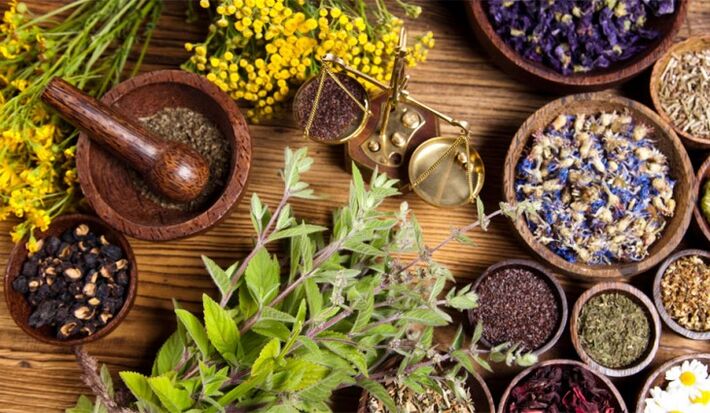
Folk recipes are very popular today, because some herbs have a strong effect on relieving the symptoms of the disease.
The most popular folk remedies:
- Wild chestnut, almost all its derivatives are used;
- White acacia blossoms;
- Lilac flowers;
- Swamp creeper leaves;
- Grape leaves;
- Wormwood leaves;
- Willow bark;
- The stems are celandine.
The plants are prepared in the form of a tincture. Add 2-4 tbsp. l. selected raw materials and pour 0, 5 liters of alcohol. Insist 2 weeks in a place inaccessible to the sun. Use the filtered liquid for lotions, leaving them overnight.
Treatment during pregnancy
Therapy during pregnancy should be chosen only by a doctor who will give preference to drugs without contraindications during that period. Preventive measures are usually chosen: diet, gymnastics and creams are also used.
Tinctures of wormwood, chamomile, hops and calendula are recommended for pregnant women. They are applied at night as lotions or compresses. At the same time it is important to avoid hot baths, saunas and not to use alcoholic solutions inside.























